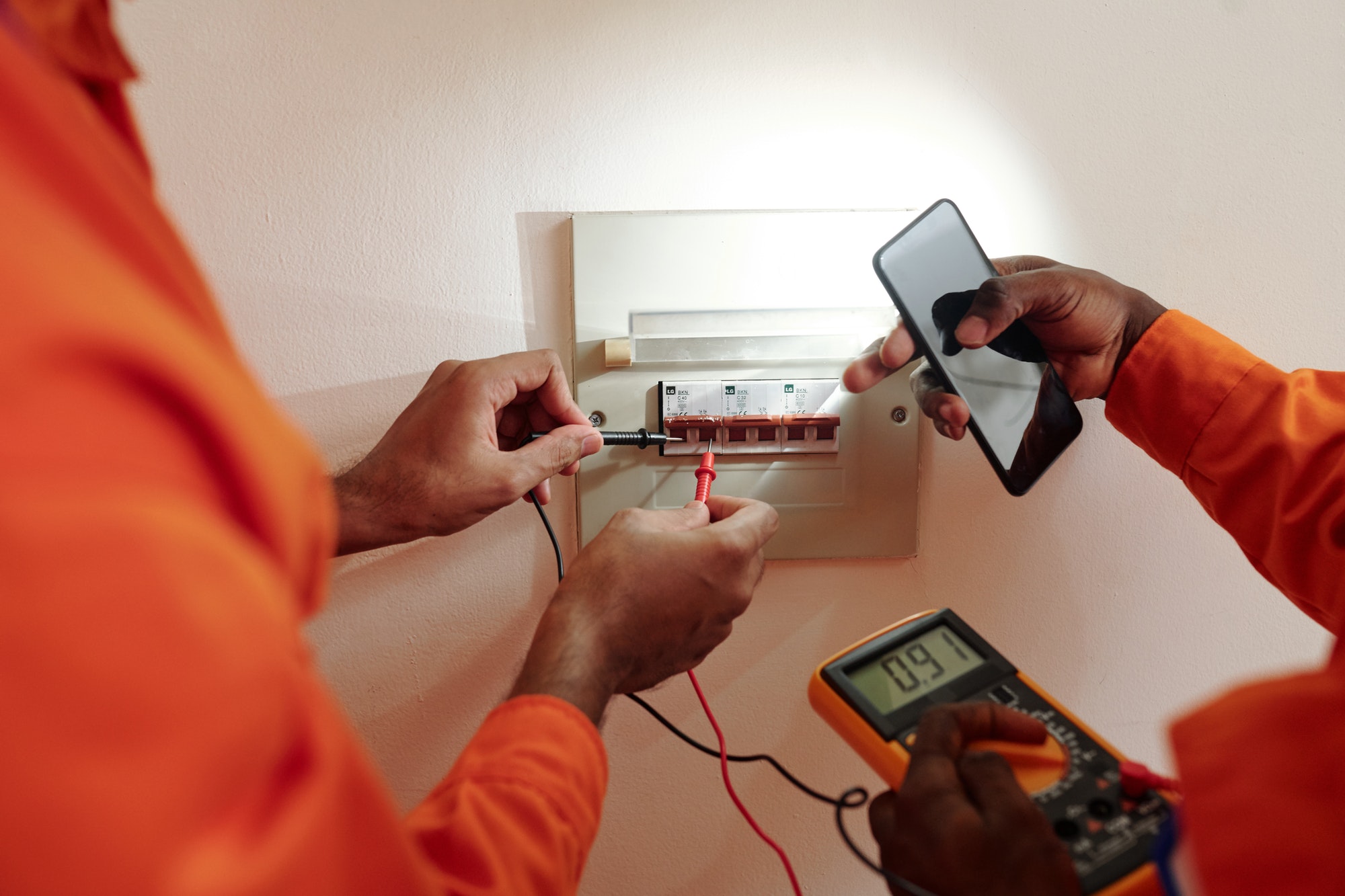Portable Appliance Testing (PAT) is a safety measure to ensure that electrical appliances are safe to use. Here’s an in-depth look at the importance and process of PAT testing:
Importance of PAT Testing
- Safety Assurance
- Preventing Accidents: PAT testing helps identify potentially dangerous electrical appliances, reducing the risk of electrical shocks, fires, and injuries.
- Compliance with Safety Standards: Ensuring that appliances meet safety standards protects users from harm and enhances the overall safety of the environment.
- Legal Compliance
- Regulatory Requirements: Many jurisdictions require regular PAT testing as part of their health and safety regulations. Compliance helps avoid legal repercussions and ensures adherence to occupational health and safety laws.
- Employer Responsibility: Employers have a duty of care to ensure the safety of their employees. Regular PAT testing demonstrates a commitment to maintaining a safe workplace.
- Insurance Validity
- Policy Conditions: Insurance companies often require evidence of regular PAT testing to validate claims related to electrical faults. Proper testing ensures that insurance policies remain valid.
- Risk Mitigation: Identifying and addressing electrical issues through PAT testing can reduce the likelihood of incidents, potentially lowering insurance premiums.
- Maintaining Equipment Longevity
- Early Detection: Regular testing helps detect issues early, allowing for timely repairs and maintenance. This can extend the lifespan of electrical appliances.
- Cost Savings: Preventive maintenance through PAT testing can save money by avoiding costly repairs and replacements due to neglected faults.
Process of PAT Testing
- Visual Inspection
- Initial Check: The first step involves a thorough visual inspection of the appliance, its cable, and plug. Look for signs of wear, damage, or misuse.
- Check for Compliance: Ensure that the appliance complies with relevant safety standards, and that there are no obvious defects such as frayed cables, exposed wires, or cracked casings.
- Testing Procedure
- Earth Continuity Test: This test checks the integrity of the appliance’s earth connection, ensuring it can safely conduct fault current to the ground.
- Insulation Resistance Test: This measures the resistance of the appliance’s insulation to ensure it effectively prevents electric current from leaking.
- Polarity Check: Ensures that the live and neutral wires are correctly connected in the plug, preventing electrical hazards.
- Operational Test: Sometimes, appliances are powered on to ensure they operate correctly and safely under normal conditions.
- Recording Results
- Documentation: Record the results of each test, including details of the appliance, test date, results, and any actions taken.
- Pass/Fail Label: Appliances that pass the tests are labeled with a sticker indicating the test date and the next due date. Faulty appliances are either repaired or removed from service.
- Frequency of Testing
- Risk Assessment: The frequency of PAT testing depends on the type of appliance, its usage, and the environment in which it operates. High-risk environments may require more frequent testing.
- Typical Intervals: Commonly, office equipment might be tested annually, while more frequently used or higher-risk appliances might be tested every 6 months or even quarterly.
Summary
PAT testing is a crucial practice for ensuring the safety and compliance of electrical appliances in various environments. It involves a combination of visual inspections and electrical tests to identify potential hazards and ensure appliances are safe to use. Regular PAT testing helps prevent accidents, comply with legal and insurance requirements, maintain equipment longevity, and provide peace of mind for both employers and employees. By understanding and implementing PAT testing, you contribute to a safer and more reliable electrical environment.






